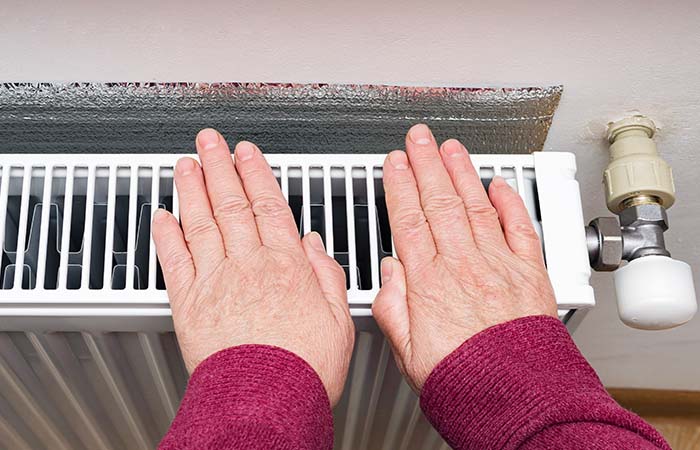Cold snaps more deadly than heatwaves
In News
Follow this topic
Bookmark
Record learning outcomes
In a summer that has seen record high temperatures in the UK, ironically new research shows that cold snaps kill about 75 times more people than heatwaves.
Researchers analysed the relationship between over 1 million deaths and air temperature in more than 34,500 areas in England and Wales between 2000-2019.
On average, the authors estimated there were 791 excess deaths annually due to heat compared with 60,573 deaths a year from cold.
The standardised excess mortality rates were 1.57 deaths per 100,000 person-years for heat and 122.34 deaths for cold, partly because cold snaps are more common than heatwaves in England and Wales. Deaths were lowest at temperatures between 14.9°C and 22.6°C.
Heat-related deaths were more common in urban areas than in the countryside. London, for example, had the highest heat-related mortality.
Cold-related deaths were more common in rural areas, with mortality highest in North-East England.
Heat- and cold-related mortality among people 85 years and older were twice that in people aged 0 to 64 years.
Excess deaths associated with cold and, to a lesser extent, heat were most marked in socio-economically deprived areas, raising concerns about the potential impact of a surge in energy prices and the cost of living crisis more widely.
“The detailed mapping of health burdens can help identify high-risk areas and population sub-groups,” said lead author Dr Antonio Gasparrini, professor of biostatistics and epidemiology at the London School of Hygiene and Tropical Medicine.
“Understanding these patterns is a critical step to designing effective public health policies at local and national levels and protecting vulnerable groups.
“The next step of our research is to clarify the role of each small-area characteristic in enhancing or attenuating the risks associated with heat and cold, and identifying potential policies to reduce the health impacts.”
(Lancet Planetary Health 2022;6(7): E557-E564)

